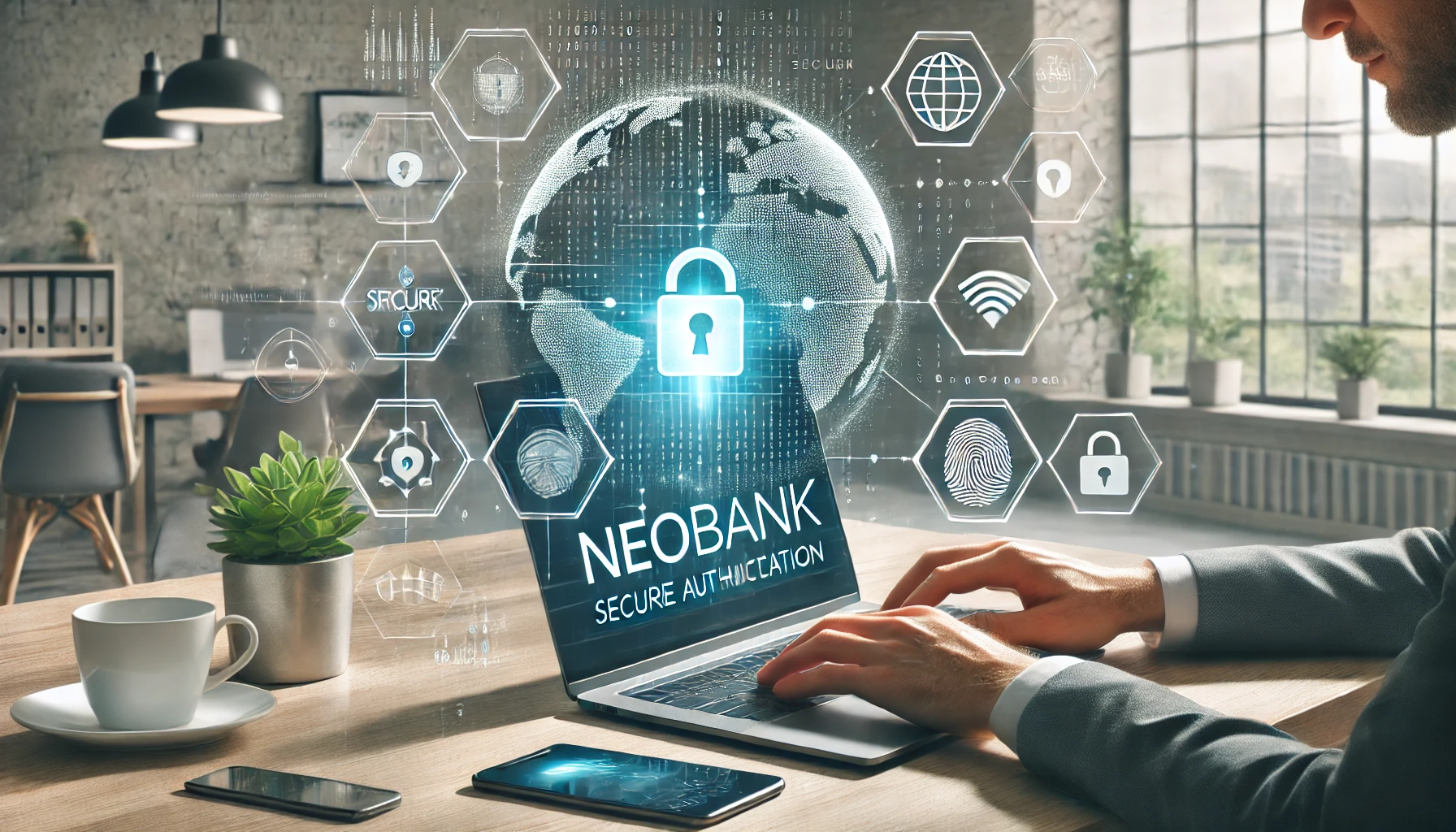The rise of digital banks, or neobanks, has transformed the way we manage money. With their sleek apps, low fees, and innovative features, neobanks have become a popular alternative to traditional banks. But as more people entrust their finances to these digital-only platforms, a critical question arises: Is neobanking safe?
In this blog post, we’ll explore the safety of digital banks, the regulations governing them, and the consumer protections in place to safeguard your money. Whether you’re considering switching to a neobank or just curious about how they operate, this guide will help you understand the security measures behind digital banking regulations in 2025 and beyond.
What Are Neobanks?
Neobanks are digital-only financial institutions that operate entirely online, without physical branches. They offer a range of services, from checking and savings accounts to loans and investment products, all accessible through mobile apps or websites.
Popular neobanks like Chime, Revolut, and N26 have gained traction for their user-friendly interfaces, low fees, and innovative features. However, their lack of physical presence has raised concerns about security and reliability.
Is Neobanking Safe?

The short answer is yes—neobanks are generally safe, but with some caveats. Like traditional banks, neobanks are subject to regulations and oversight, but the level of protection can vary depending on the country and the specific institution. Here’s what you need to know:
1. Regulatory Oversight
Neobanks must comply with the financial regulations of the countries in which they operate. In the U.S., for example, most neobanks partner with FDIC-insured banks to offer deposit accounts. This means your money is protected up to $250,000 per account, just like at a traditional bank.
In the European Union, neobanks are regulated by the European Central Bank and must adhere to strict financial standards. Many also participate in national deposit guarantee schemes, which protect deposits up to €100,000.
2. FDIC and NCUA Insurance
In the U.S., the Federal Deposit Insurance Corporation (FDIC) and the National Credit Union Administration (NCUA) provide insurance for deposits at traditional banks and credit unions. Most neobanks partner with FDIC or NCUA-insured institutions to offer the same level of protection.
For example, Chime partners with The Bancorp Bank and Stride Bank, both FDIC-insured institutions. This means your deposits with Chime are protected up to $250,000.
3. Data Security
Neobanks invest heavily in cybersecurity to protect your personal and financial information. They use encryption, multi-factor authentication, and biometric login methods (like fingerprint or facial recognition) to secure your accounts.
However, no system is completely immune to cyberattacks. It’s essential to choose a neobank with a strong track record of security and to follow best practices, such as using strong passwords and enabling two-factor authentication.
4. Transparency and Accountability
Reputable neobanks are transparent about their regulatory status, security measures, and consumer protections. Before opening an account, check the neobank’s website for information about its regulatory compliance and insurance coverage.
Digital Banking Regulations in 2025
As the fintech industry continues to grow, regulators are working to keep pace with new developments. In 2025, we can expect to see stricter digital banking regulations aimed at protecting consumers and ensuring the stability of the financial system.
1. Enhanced Cybersecurity Requirements
Regulators are likely to impose stricter cybersecurity standards on neobanks, requiring them to implement advanced measures to protect customer data and prevent fraud.
2. Greater Transparency
Neobanks may be required to provide more detailed disclosures about their fees, terms, and conditions, as well as their regulatory status and insurance coverage.
3. Expanded Consumer Protections
Regulators may introduce new protections for neobank customers, such as faster dispute resolution processes and clearer guidelines for handling unauthorized transactions.
4. Global Coordination
As neobanks expand internationally, regulators are working to harmonize standards across borders. This will help ensure consistent protections for customers, regardless of where they live or bank.
Fintech Consumer Protections
In addition to regulatory oversight, neobanks often provide their own consumer protections to build trust and attract customers. Here are some common safeguards:
1. Fraud Detection and Prevention
Many neobanks use AI and machine learning to detect suspicious activity and prevent fraud. For example, if a transaction seems unusual, the neobank may temporarily block it and notify you for verification.
2. Zero Liability Policies
Most neobanks offer zero liability policies, which protect you from unauthorized transactions as long as you report them promptly.
3. 24/7 Customer Support
While neobanks don’t have physical branches, many offer 24/7 customer support through chat, email, or phone. This ensures you can get help whenever you need it.
4. Budgeting and Spending Alerts
Neobanks often provide real-time notifications for transactions, low balances, and unusual activity. These alerts help you stay on top of your finances and detect potential issues early.
Risks and Considerations

While neobanks are generally safe, there are some risks to be aware of:
1. Limited Product Offerings
Neobanks may not offer the full range of services available at traditional banks, such as mortgages or business loans.
2. Dependence on Technology
Neobanks rely entirely on technology, which means they’re vulnerable to outages, glitches, and cyberattacks.
3. Lack of Physical Branches
If you prefer in-person banking, a neobank may not be the best fit for you.
4. Variable Customer Support
While some neobanks offer excellent customer support, others may have limited resources or long response times.
How to Choose a Safe Neobank
When selecting a neobank, consider the following factors:
- Regulatory Compliance: Ensure the neobank is regulated and offers deposit insurance.
- Security Measures: Look for features like encryption, multi-factor authentication, and biometric login.
- Transparency: Check the neobank’s website for clear information about its fees, terms, and protections.
- Customer Reviews: Read reviews and ratings to gauge the neobank’s reputation and customer service.
- Product Offerings: Make sure the neobank offers the services you need.
For more information on banking regulations, visit the FDIC’s official website. For insights into fintech compliance, check out Deloitte’s fintech resources.
The Future of Neobank Safety
As neobanks continue to grow, their safety and reliability will only improve. Advances in technology, combined with stricter regulations, will make digital banking an even more secure and attractive option for consumers.
By 2025, we can expect neobanks to play a larger role in the global financial system, offering innovative solutions while maintaining robust consumer protections.
Conclusion
So, is neobanking safe? The answer is yes—as long as you choose a reputable neobank that complies with regulations and prioritizes security. With features like FDIC insurance, advanced cybersecurity, and consumer protections, neobanks offer a safe and convenient way to manage your money.
Before opening an account, do your research and ensure the neobank meets your needs and expectations. For more information on banking regulations, visit the FDIC’s official website, and for insights into fintech compliance, explore Deloitte’s fintech resources.
For more tips and insights on managing your finances with neobanks, check out our How Neobanks Are Reducing Banking Fees for Consumers



